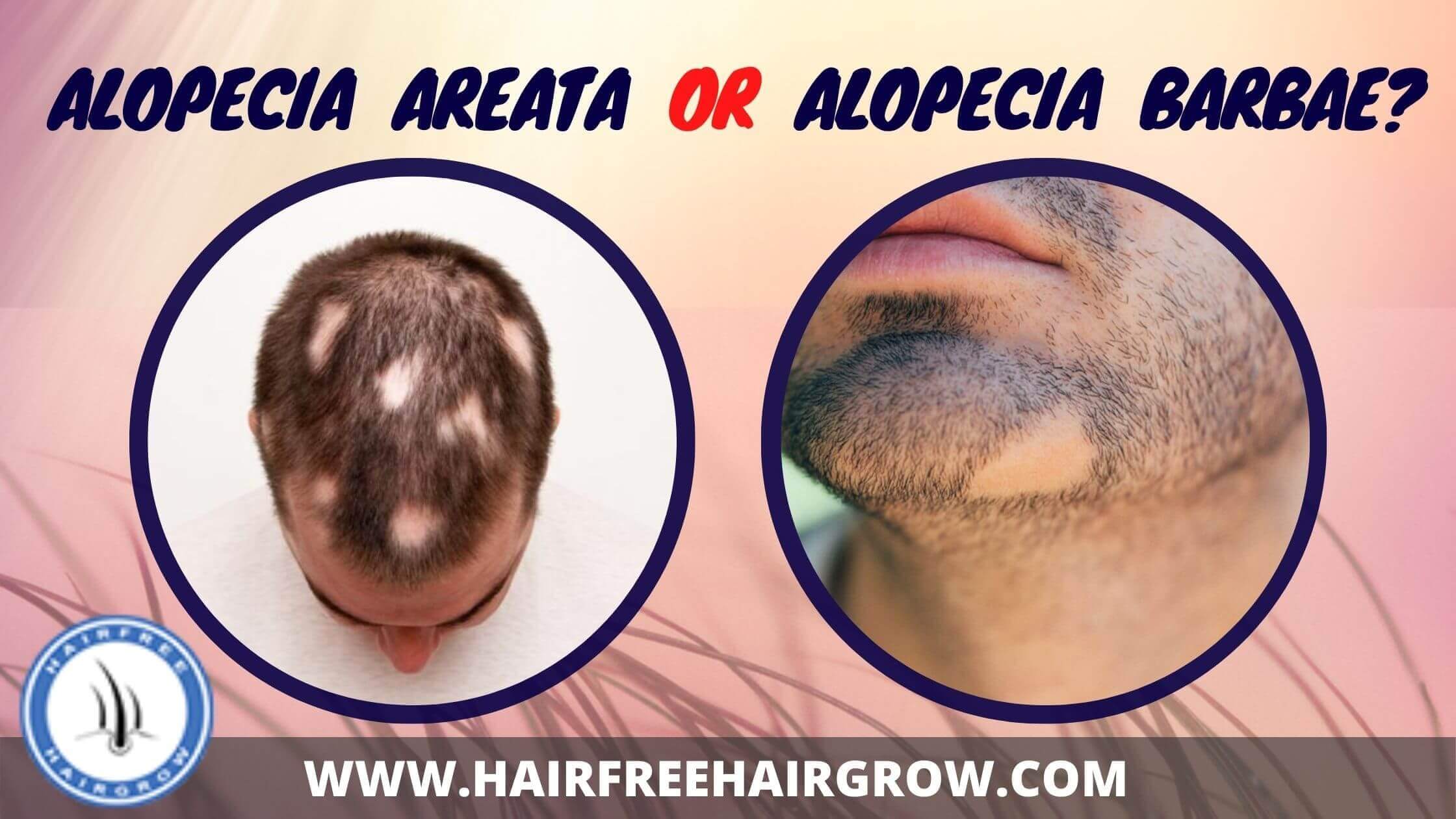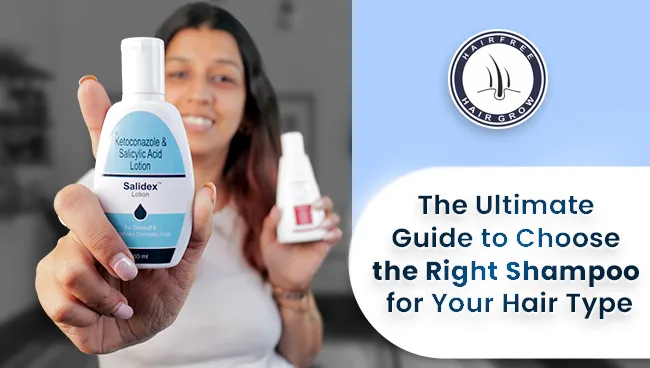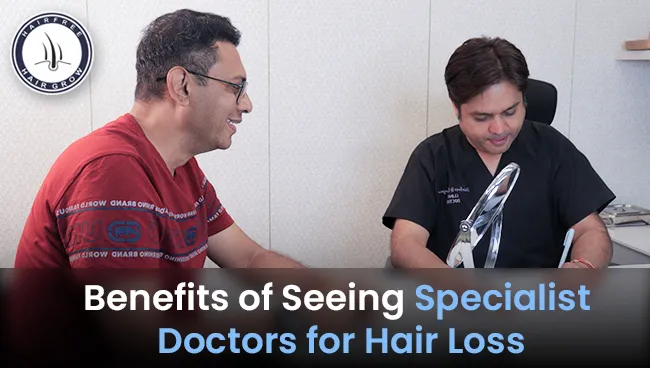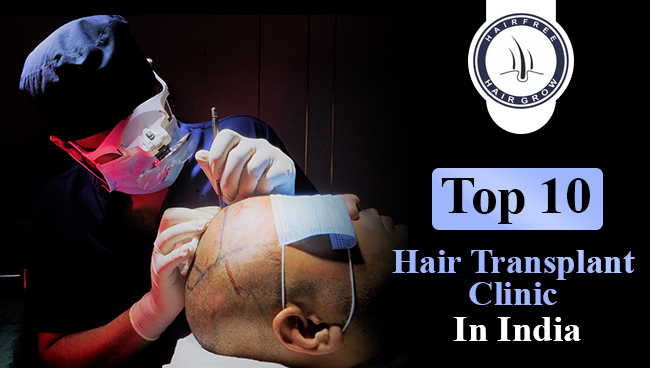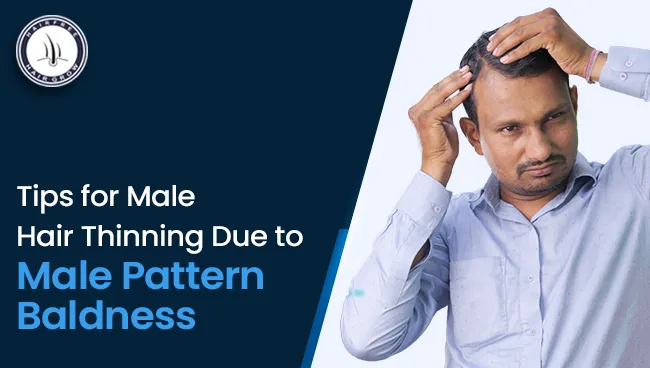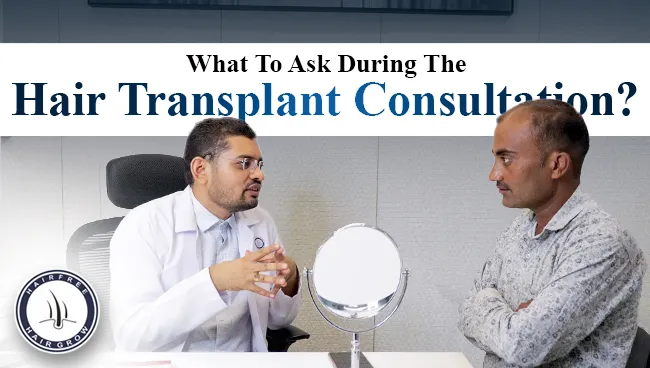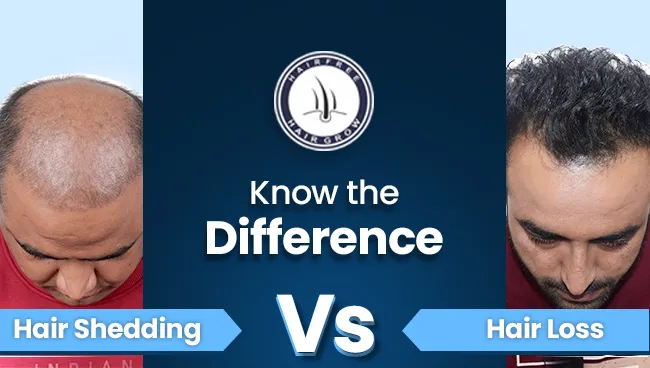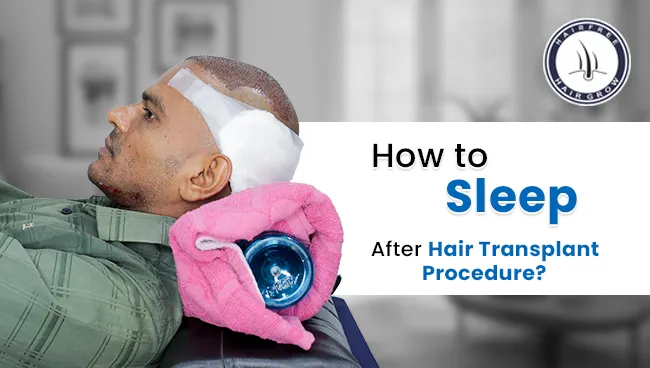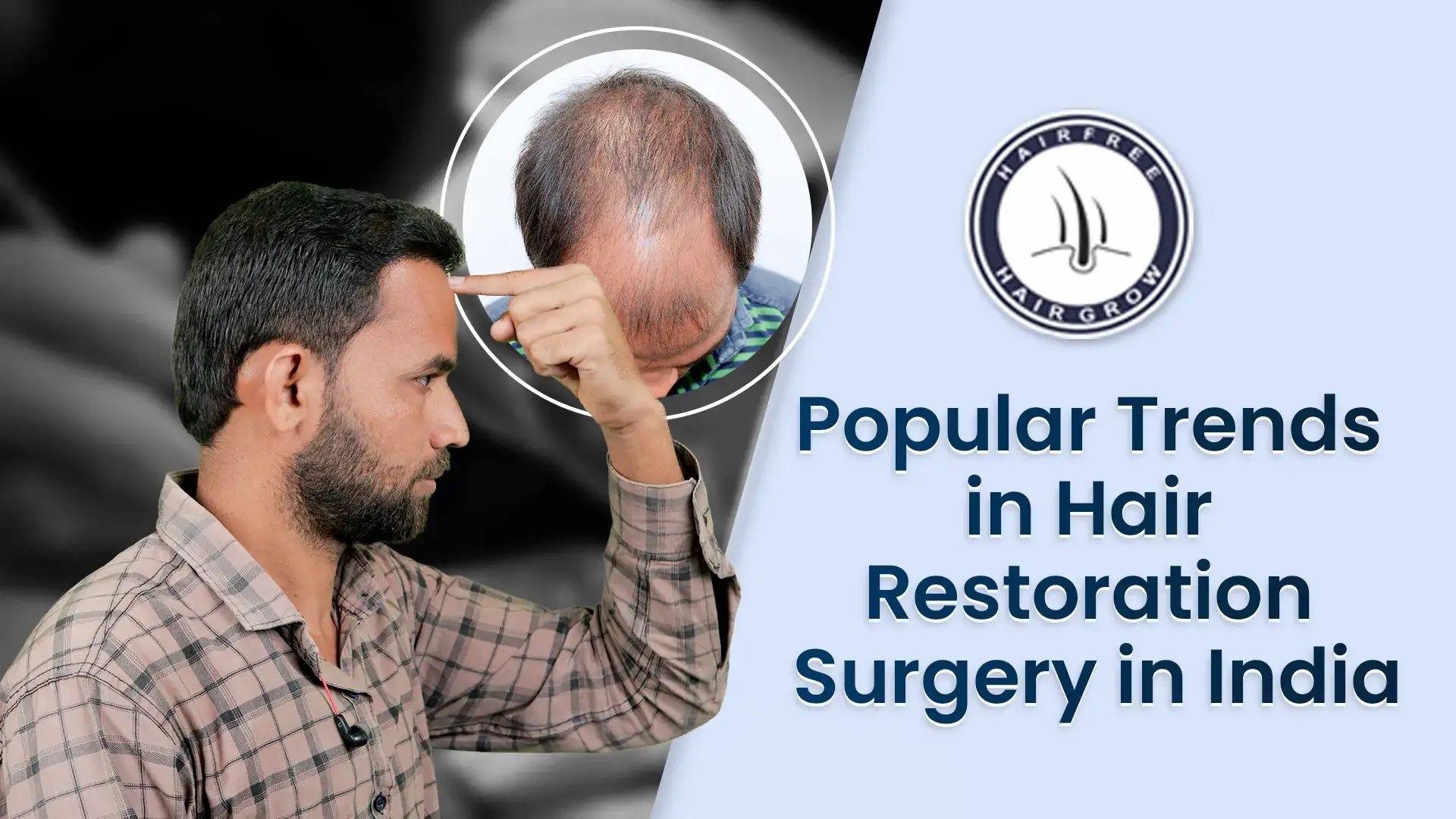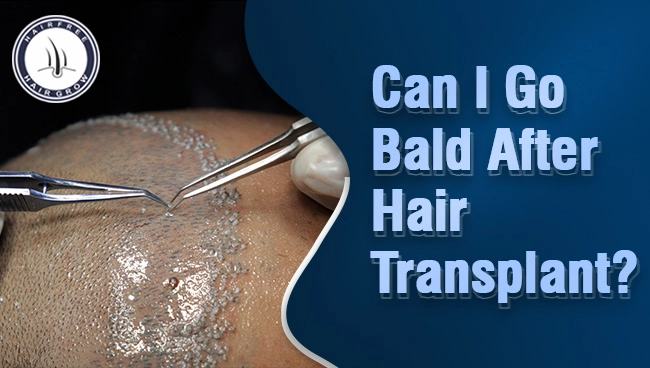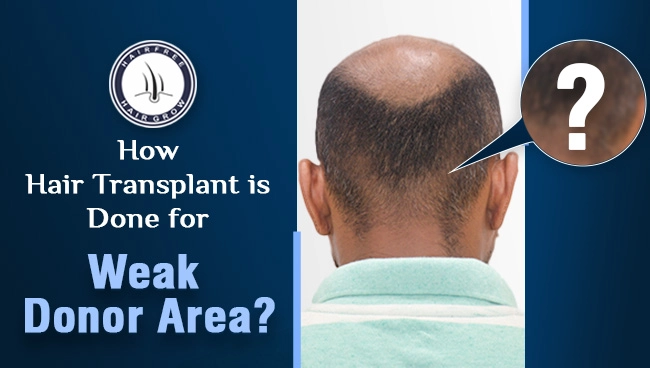Alopecia areata is a health condition that causes hair loss. It’s an autoimmune disease, which means your body’s immune system mistakenly attacks healthy cells, specifically targeting hair follicles in this case. Alopecia barbae is a specific form of alopecia areata that affects the beard, often leading to sudden hair loss in small circular patches.
In severe cases, alopecia areata can progress to alopecia totalis or alopecia universalis, resulting in hair loss across the entire body. This can include hair on the chest, eyebrows, legs, or arms, and may occur gradually over years or suddenly within a few days. It’s crucial to seek medical advice promptly if you notice a patch of hair loss.
What is Alopecia Barbae?
Alopecia barbae is a specific form of alopecia areata where beard hair is lost in patches or various shapes, such as circles or triangles. This condition occurs when the immune system mistakenly attacks healthy hair follicles, leading to patchy hair loss in the beard, scalp, or face.
Causes of Alopecia Barbae
The exact cause of alopecia barbae is unknown, but genetics and autoimmune factors are believed to play a significant role. It tends to be more common in individuals with a family history of alopecia, type 1 diabetes, or other autoimmune conditions. Psychological and physical stress may also contribute to the condition.
Symptoms of Alopecia Barbae
Your skin may feel itchy and painful before you lose your hair. Usually, the visible skin is smooth, though it can feel rough. Some people experience redness, irritation, and inflammation in the bald spots.
There are no exact Symptoms or reason behind this barbae and alopecia condition of the patient but there is loss of hair in patches that are seen in some immunity attacks with the body and loses hair in patches, it may be in circles or triangles.
Alopecia Barbae Treatments
Alopecia barbae, a condition causing hair loss in the beard area, does not have a guaranteed treatment. However, some patients have experienced regrowth after consulting with specialized doctors. While some individuals see partial regrowth, others may not see significant results. The effectiveness of treatments can vary depending on factors such as the extent of hair loss, age, and individual characteristics.
Generally, treatments are more successful if less than half of the hair has been lost. Despite the lack of a 100% effective solution in the field of trichology, clinics like HairFree HairGrow Clinic claim to restore up to 85% of the hairline and facial beard, making the difference almost unnoticeable, even upon close inspection.
HairFree HairGrow Clinic offers treatment for alopecia areata and alopecia barbae. It’s advisable to seek treatment as early as possible for the best outcomes.
Medications For Alopecia & Barbae
1. Corticosteroids
Alopecia areata or barbae is an autoimmune disease; therefore, reducing inflammation can help stop hair loss. Corticosteroids are usually applied topically to the affected area or are available in oral solution form.
2. Minoxidil (Rogaine)
This is a topical medication used to treat pattern baldness. Minoxidil needs to be applied twice daily. It is available in both foam and liquid solutions, with initial results visible in a few weeks. However, lasting results may take up to 3 months. [Click to Read More About Minoxidil…]
3. Diphencyprone (DPCP)
This medication is applied to bald patches and can cause redness, swelling, and itching at the site of application. DPCP works by tricking the immune system into sending white blood cells to the skin’s surface, reducing inflammation and preserving hair follicles. Results can take up to 2 months.
4. Anthralin
This tar-like substance is applied to hairless patches once a day and left on for 30 minutes to a few hours, as advised by your physician. It irritates the skin, promoting hair growth. Results are usually visible within 8 to 12 weeks.
5. Steroids
Since alopecia barbae is an immune disorder, steroids are often the first line of treatment to reduce inflammation in the affected areas. Steroids can be administered as topical ointments or injections to reduce itching.
6. PRP Therapy
Platelet-rich plasma (PRP) injections are an effective treatment for hair loss due to alopecia. This procedure involves isolating activated platelets from the patient’s blood and injecting them into bald patches to stimulate hair regrowth. It may take up to 3 injections over 6 weeks to see new hair growth, with full regrowth possibly taking up to a year.
7. UV Ray Therapy
Phototherapy using UV-B radiation has been found effective in reducing hair loss in some patients, although it is not a widely used method.
8. Nutritional Supplements
Zinc or biotin supplements can help combat hair loss if a nutritional deficiency is suspected. However, consult a doctor before starting any supplements.
Alongside these medications, several home remedies can be helpful. Consuming garlic and turmeric-based drinks, which have anti-inflammatory effects, and maintaining a balanced diet rich in vegetables, fruits, and lean meats can reduce inflammation and improve overall health.
Hair loss in patches is a growing concern and a significant source of discomfort and social awkwardness for many individuals. Hair Free Hair Grow promises to address these issues effectively. With Hair Free Hair Grow, you go strong and your hair grows long!
When You See Bald Patches On Beard?
When you notice bald patches on your beard, it’s important to consult a doctor for an accurate diagnosis. A healthcare professional can perform diagnostic tests, such as a skin biopsy or blood tests, to determine the cause of the hair loss. Based on the results, they can recommend the most appropriate treatment options. Treatments like steroid injections or UV therapy should only be administered by certified medical professionals. It’s also crucial to address prolonged fungal infections with medical advice to prevent further complications.
How Long Does It Take for a Bald Spot to Regrow Hair?
The time required for hair regrowth in areas affected by alopecia varies depending on the severity of the condition. If you have a few small bald patches, hair may regrow completely within 6 to 12 months, sometimes without any treatment. However, it is not uncommon for bald patches to reappear in the beard.
If you are experiencing hair loss or baldness, consider visiting HairFree HairGrow Clinic. It is regarded as the best hair transplant clinic in India, with over 10 branches nationwide.
We are located in Surat, Pune (Pimple Gurav), Pune (Kharadi), Hyderabad, Ahmedabad, Kolkata, Indore, Bhopal, Delhi (Gurugram), Nagpur, Mumbai, Vapi (Silvassa), Bangladesh.
For more information or to schedule a consultation, visit any branch or call us at +91-7272832222.

